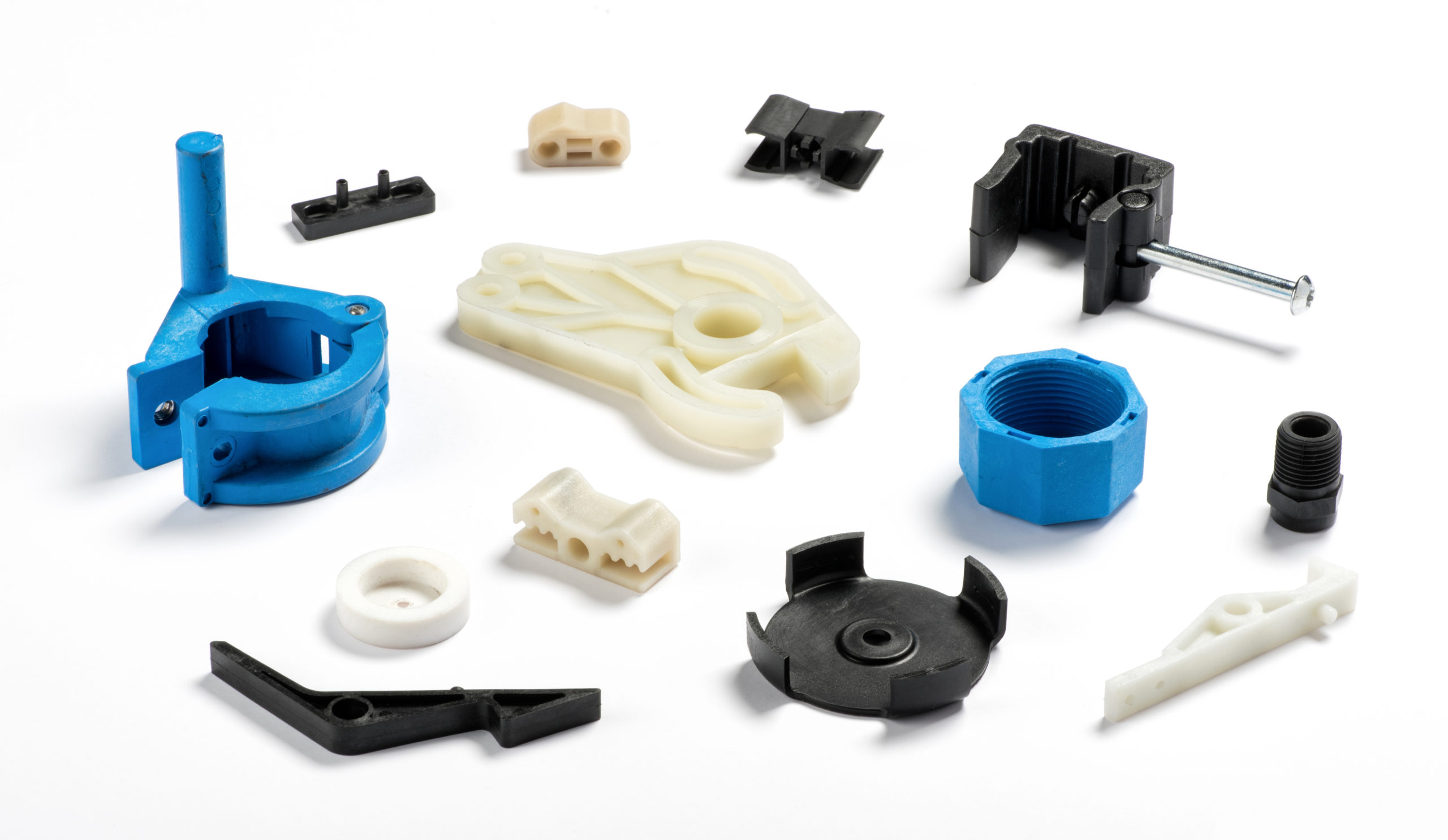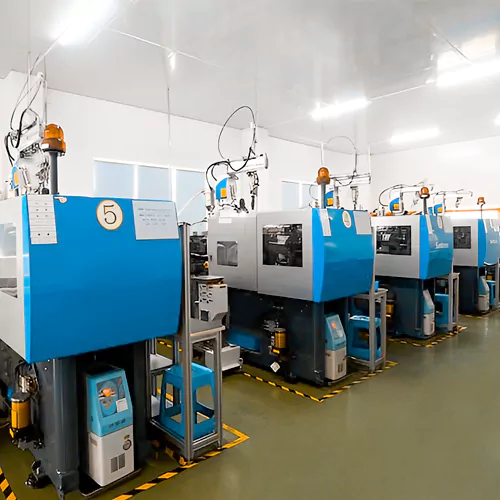The Benefits of Using Plastic Injection Molding for Custom-made Components Production
The Benefits of Using Plastic Injection Molding for Custom-made Components Production
Blog Article
Recognizing the Basics of Plastic Injection Molding Procedures
Plastic shot molding acts as a foundation of modern-day manufacturing, giving a methodical method to generating intricate components with precision. This process not just includes the essential actions of melting and infusing materials right into mold and mildews but additionally involves a nuanced understanding of various influencing factors, such as temperature level and pressure. As industries progressively demand efficiency and high quality, the ins and outs of this approach end up being a lot more critical. Exploring these vital components can disclose just how even small adjustments can lead to significant enhancements in production end results, raising questions about the potential for innovation in this established process.
What Is Plastic Injection Molding?
Plastic injection molding is an extensively used production process that changes thermoplastic and thermosetting materials right into accurate and complex forms. This technique is favored for its capability to create high quantities of identical get rid of phenomenal precision, making it an essential approach in various markets, consisting of automobile, durable goods, and medical devices.
The process includes thawing the chosen plastic material and infusing it right into a mold and mildew under high stress. The mold, developed to the requirements of the preferred part, permits the liquified plastic to form as it cools and strengthens. As soon as the product has actually hardened, the mold and mildew is opened, and the finished element is ejected.
Plastic shot molding provides numerous advantages, consisting of minimized waste, consistency in production, and the ability to integrate elaborate layouts that may be testing with various other manufacturing methods. Furthermore, it sustains a broad series of products, each supplying special residential or commercial properties that can be customized for details applications. As industries remain to introduce, plastic shot molding remains at the center, making it possible for the growth of innovative items that satisfy developing consumer demands.
The Shot Molding Process
The injection molding procedure is an advanced technique that includes numerous key phases to produce top notch plastic components. Plastic pellets are fed into a heated barrel where they are thawed right into a thick liquid. This molten plastic is then infused under high stress into a precision-engineered mold and mildew, which forms the material into the wanted form.
Once the mold is filled up, the plastic is permitted to solidify and cool down, taking the shape of the mold and mildew tooth cavity. Air conditioning time is vital, as it impacts the cycle time and the final properties of the molded component. After sufficient cooling, the mold opens, and the ended up element is expelled making use of ejector pins.

Products Used in Injection Molding
Different materials can be used in the shot molding procedure, each offering distinct properties that provide to particular check out this site applications. The most frequently used materials include thermoplastics, thermosetting plastics, and elastomers.

Thermosetting plastics, like epoxy and phenolic materials, undertake a chemical modification during the curing process, leading to an inflexible, inflexible structure. These products are optimal for applications needing high warm resistance and architectural integrity, commonly made use of in automobile parts and electrical insulators.
Elastomers, consisting of silicone and rubber-based products, provide adaptability and strength. Their unique residential or commercial properties make them ideal for applications that require flexibility, such as gaskets and seals.
Furthermore, specialty materials like bio-based plastics and compounds are getting traction for their environmental benefits and improved efficiency qualities, expanding the range of injection molding applications in various industries. Comprehending the properties of these products is vital for choosing the ideal type for specific tasks.
Advantages of Shot Molding
Injection molding stands out as a very effective manufacturing procedure that uses countless benefits for creating intricate components with precision. One of one of the most considerable benefits is the ability to produce intricate styles that would certainly be challenging or difficult to attain with other approaches (Plastic Injection Molding). The process permits tight tolerances and detailed attributes, guaranteeing top quality elements
In addition, shot molding is known for its rapid manufacturing abilities, making it an ideal choice for high-volume production. As soon as the mold and mildew is created, parts can be generated rapidly, minimizing lead times and enhancing general performance. This effectiveness not only reduces manufacturing expenses yet likewise gives an one-upmanship out there.
The versatility of products made use of in injection molding further improves its appeal. A wide variety of thermoplastics and thermosetting polymers can be employed, allowing manufacturers to select products that ideal satisfy their certain requirements, consisting of strength, heat, and flexibility resistance.
Moreover, the procedure decreases waste, as excess material can usually be recycled and reused. This sustainability facet adds to a reduced ecological effect, making injection molding an accountable manufacturing option. Generally, the benefits of shot molding make it a favored approach for lots of sectors.
Aspects Affecting Item Quality
While countless factors can influence item quality in shot molding, recognizing these components is vital for achieving optimum outcomes. Key facets consist of product choice, refining parameters, and mold design.
Material choice plays a vital function, as various polymers display one-of-a-kind buildings that impact flowability, strength, and thermal stability. Poor material selection can cause flaws such as bending or insufficient filling.
Processing criteria, including cycle, temperature, and stress time, must be meticulously managed. Variants in these settings can lead to inconsistencies in part dimensions and surface area coating. Excessively high temperatures might trigger deterioration of the polymer, while inadequate stress can result in brief shots.
Mold and mildew layout is equally crucial, as it establishes the circulation of the molten plastic and the cooling process. Improperly developed molds may cause uneven air conditioning prices, resulting in dimensional errors and recurring stress and anxieties.

Final Thought
To conclude, plastic shot molding offers as a crucial manufacturing process that enables the effective production of premium elements. Proficiency of the injection molding procedure, consisting of the understanding of materials and the impact of different aspects on product quality, is important for achieving optimal outcomes. The benefits of this technique, such as cost-effectiveness and layout versatility, further emphasize its value across several markets, solidifying its status as a favored option for high-volume manufacturing.
Plastic shot molding serves as a cornerstone of modern-day production, giving a methodical technique to creating intricate components with precision.Plastic injection molding supplies numerous advantages, consisting of lowered waste, uniformity in manufacturing, and the capacity to include intricate layouts that might be challenging with various other manufacturing approaches (Plastic Injection Molding). As markets proceed to introduce, plastic shot molding continues to be at the center, enabling the growth of advanced items that satisfy progressing consumer needs
The injection molding procedure is an innovative technique that involves several crucial stages to generate top notch plastic components.In final thought, plastic shot molding serves as an essential manufacturing process that makes it possible for the efficient production of premium parts.
Report this page